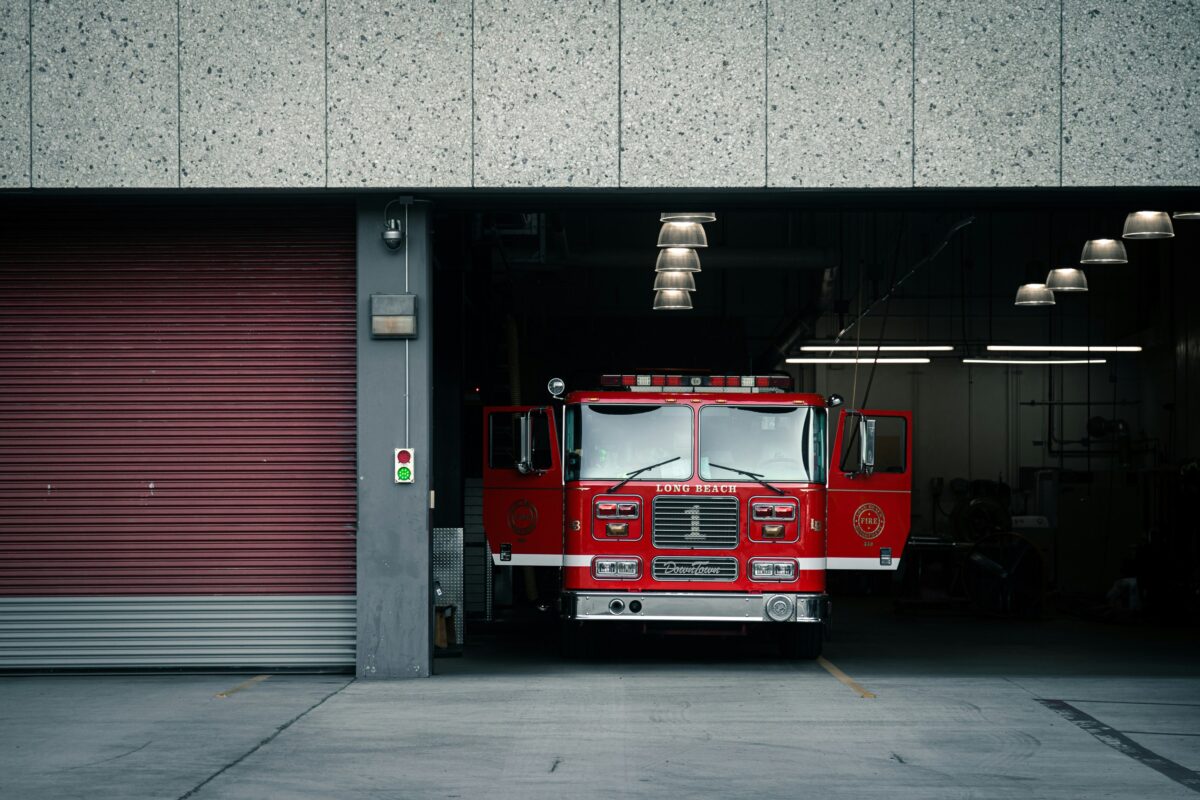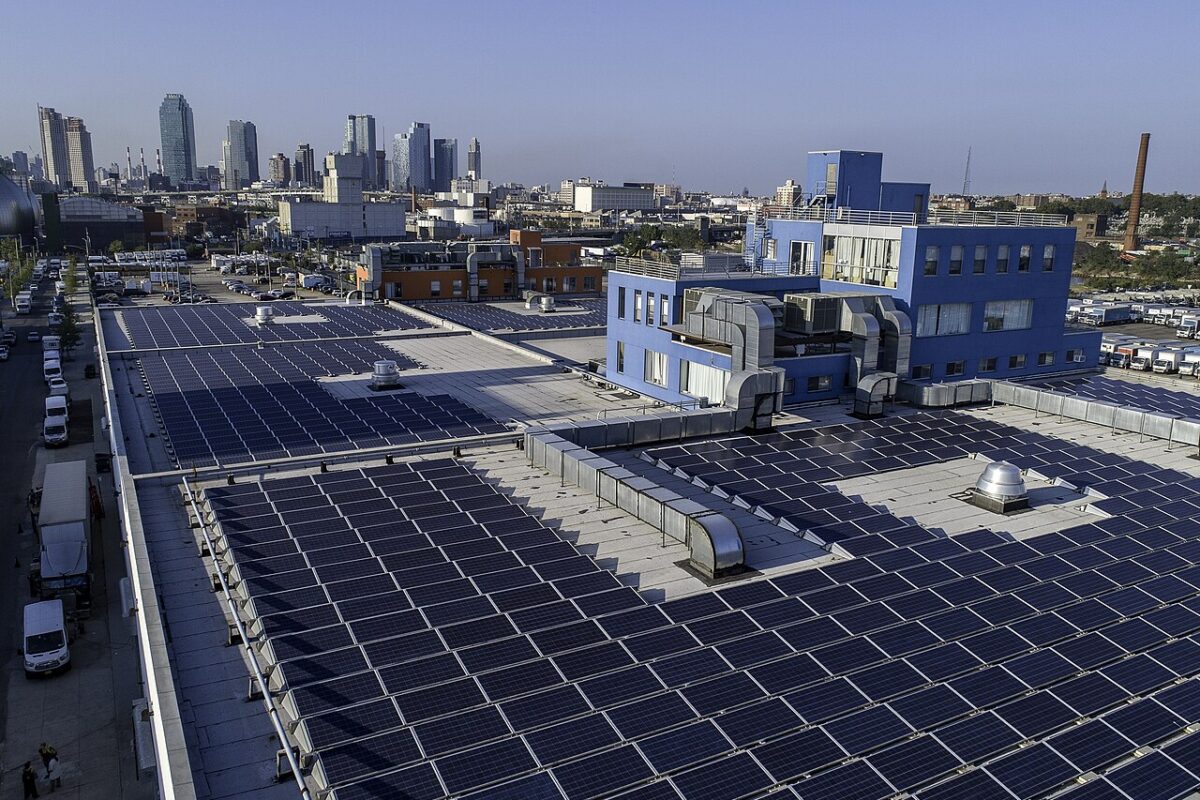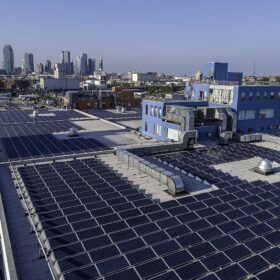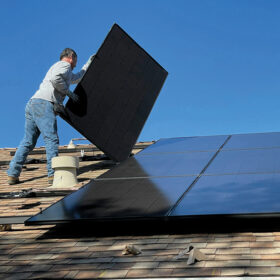As energy storage deployment continues to surge, quality assurance isn’t just marking a checkbox. It’s an industry-wide responsibility that directly shapes safety, performance and public trust in batteries.
At a recent webinar organized by Clean Energy Associates (CEA) and hosted by Nico Johnson of Suncast Media, CEA’s associate director of energy storage Jeff Zwijack and retired fire chief Kathleen McCaffery, who was formerly Tesla’s global fire liaison, walked through how evolving supply chains and project complexity are shifting quality risk from cells to the broader system level, and what that means for developers, integrators and asset owners.
Zwijack pointed out that CEA’s 2024 global factory inspections revealed a sharp increase in defects tied not to battery cells themselves, but to the systems surrounding them: HVAC, fire suppression system, racking and electrical design. While the per-gigawatt fire incidents are falling, he noted that the share of system-level defects jumped from 48% to 72% in a single year.
Many of these balance-of-system failures, Zwijack argued, stem from supply chain complexity, gaps in factory acceptance tests and a lack of ownership when integrators “white label” products built by third parties and sell them under their own name. The issues often can go undetected until late stages or even after commissioning, leaving the question of “who pays?” in murky waters.
His advice for navigating complex supply chains or non-vertically integrated business models? “Trust but verify.”
Developers and buyers shouldn’t blindly accept a supplier’s testing protocols. Instead, Zwijack explained, use commissioning to build in third-party oversight during supplier selection. That could look like auditing factories, scrutinizing chain-of-custody reports or turning a legal eye toward warranties and performance guarantees.
Still, McCaffery pointed out that relying on the hardware (or any one mitigation strategy) isn’t enough. Quality assurance also means training on-site teams to spot early warning signs of a runaway event long before mechanical sensors trigger an alarm. She noted that handheld thermal cameras are a cost-effective monitoring option with low barriers to entry.
Engaging early with local fire departments can also help improve emergency response in the event of a fire. In many smaller jurisdictions, she explained, fire inspections are contracted out to staff with no firefighting background, while the crews who respond in an emergency may never see the inside of a facility until disaster strikes.
McCaffery recommends getting to know the crews who will be responding to an emergency and who will be “intimately involved” in ensuring the site’s survival.
Plus, handling lithium-ion fires requires different firefighting techniques, as the cells can produce their own oxygen and reignite even if they’ve been extinguished using traditional methods.
“Big fire, big water” doesn’t work here, McCaffery warned, adding that misting streams are accepted as a better alternative for battery fires.
Still, both McCaffery and Zwijack cautioned that though NFPA standards are constantly evolving, it takes a while for regulations to catch up to technical innovation. McCaffery encouraged manufacturers to look beyond minimum fire code requirements and adopt best practices tailored to newer chemistries and system designs.
Zwijack acknowledged that battery quality assurance is on an upswing, as cell-level quality continues improving and more projects now include layered quality checks and supplier transparency. Still, as the market matures, he sees applying the same discipline to system-level integration and supplier oversight as potentially the most challenging part.
This content is protected by copyright and may not be reused. If you want to cooperate with us and would like to reuse some of our content, please contact: editors@pv-magazine.com.









By submitting this form you agree to pv magazine using your data for the purposes of publishing your comment.
Your personal data will only be disclosed or otherwise transmitted to third parties for the purposes of spam filtering or if this is necessary for technical maintenance of the website. Any other transfer to third parties will not take place unless this is justified on the basis of applicable data protection regulations or if pv magazine is legally obliged to do so.
You may revoke this consent at any time with effect for the future, in which case your personal data will be deleted immediately. Otherwise, your data will be deleted if pv magazine has processed your request or the purpose of data storage is fulfilled.
Further information on data privacy can be found in our Data Protection Policy.